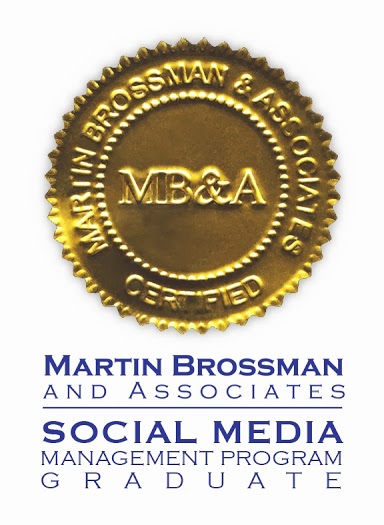Drunk Driving since 1900
Some months ago, I was tripping along through a different book, Everything is Obvious, thinking it a great read and highly informative, until I got to the chapter about Fairness and Justice, in which the author discusses the case of a police officer who was sentenced to 15 years incarceration for accidentally killing 4 people while driving drunk. The author of Everything is Obvious argues that this is not a fair sentence because not everyone who drives drunk is a criminal. In his words, “it seems grossly disproportionate to treat every otherwise decent, honest person who has ever had a few too many drinks and driven home as a criminal and a killer.” I’ll take up this argument further in my review of EiO.)
Please note: problems with parentheses have been raised with Amazon. This reviewer gets them right but Amazon keeps losing them.
I was stopped in my tracks. I could not read any farther. I could not begin to think how I could review that book. Now that I’ve read One for the Road, I understand both my own reaction, and the supposed logic behind Watts’ argument, although I most definitely don’t agree with it.
Within some wiggle room, I have cut my driving teeth, so to speak, alongside MADD. When I first started driving, it wasn’t at all hard for people to get off drunk driving charges. Along the way, it became habit in any wreck to breathalyze all drivers. It’s simply not that big a deal anymore. My circle has adapted. I remember the stories about Larry Mahoney because I drove that stretch of I-71 back then. More recently, the story that sticks is Melissa Marvin, who just couldn’t grasp that it was a bad idea to drive drunk after drinking. Now she’s doing four life sentences at NCCIW.
One for the Road explains “the rest of the story,” why some people have adapted to not driving drunk and others may not ever learn, at least in this culture. If you have any interest in the arguments surrounding impaired driving, you’ll find it a useful read. The math is complicated–how many people really die / are injured as a result? Which are the most effective interventions? Which population causes the most trouble–so called “social drinkers” (a group with a murky boundary, to be sure) or “real” alcoholics? Are you at a higher risk on New Year’s Eve, when the amateur drunks drive, or during the rest of the year, when only the practiced alcoholics are on the road after closing time?
One for the Road is history first, story second, and is a bit dry to read as a result.
I had a few quibbles:
- I had to look up the rest of the lyrics to “Wasn’t that a Party” (quoted in the introduction) to find that it is, indeed, a drunk driving song; the part quoted does not directly reference driving.
- I would have liked a bit more discussion of the distinction between the fabled “social drinker” and “alcoholic,” which is a very fuzzy line. The rooms of Al-anon and ACOA are full of people whose relative or friend would call him or herself a “social drinker.”
- Lerner says that a minivan-driving mother “inexplicably got drunk and high with seven children in the car.” (p. 13) My experience suggests that “inexplicable” is the wrong word to use when a grown person has a daytime BAC of 0.19%.
Johns Hopkins Press gives credit to the cover designer but not to the designer of the pages. The paper copy was daunting, with long line lengths and small margins. My eyes struggled in 1.75 reading glasses that can easily handle many other books.
That said, One for the Road is worth the effort.



Speak Your Mind